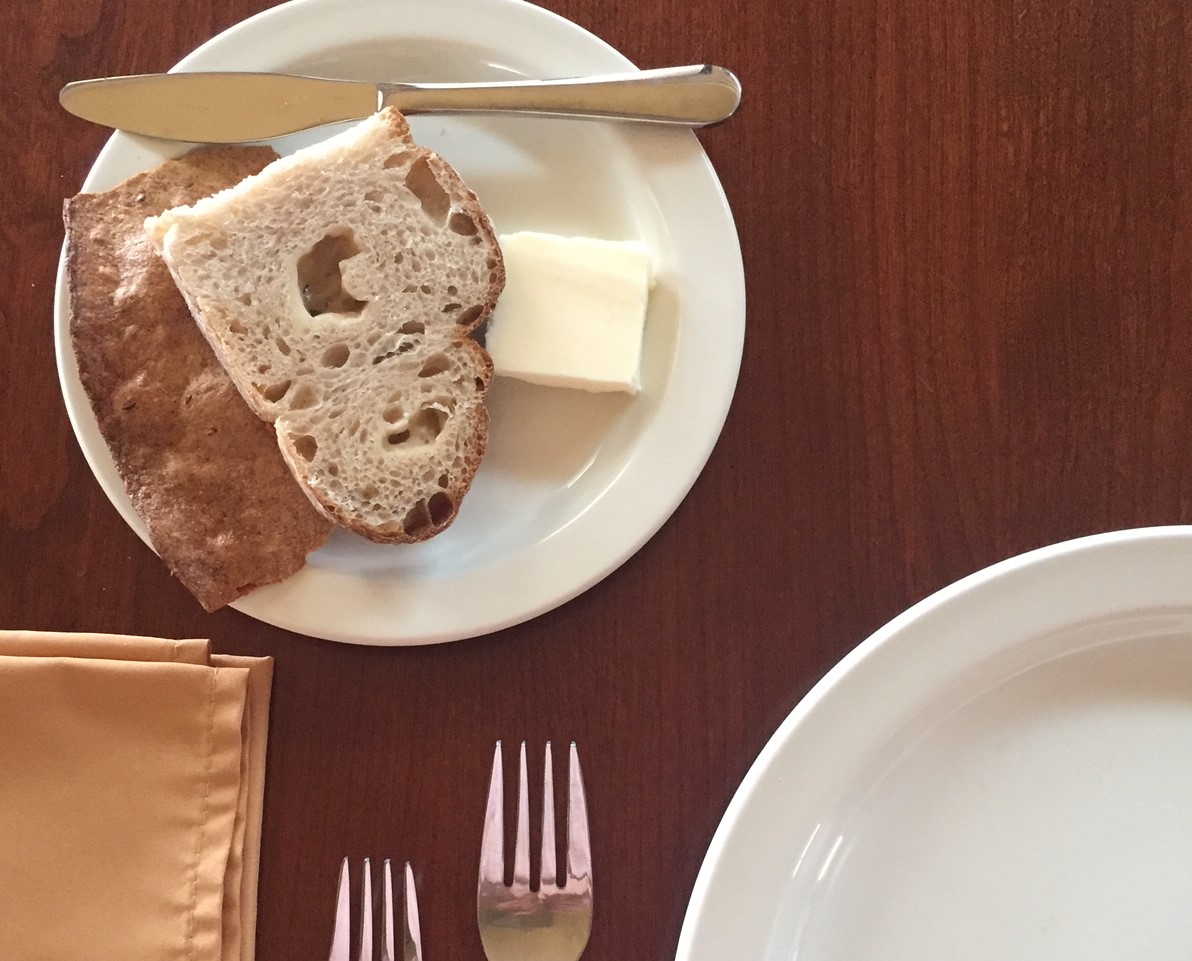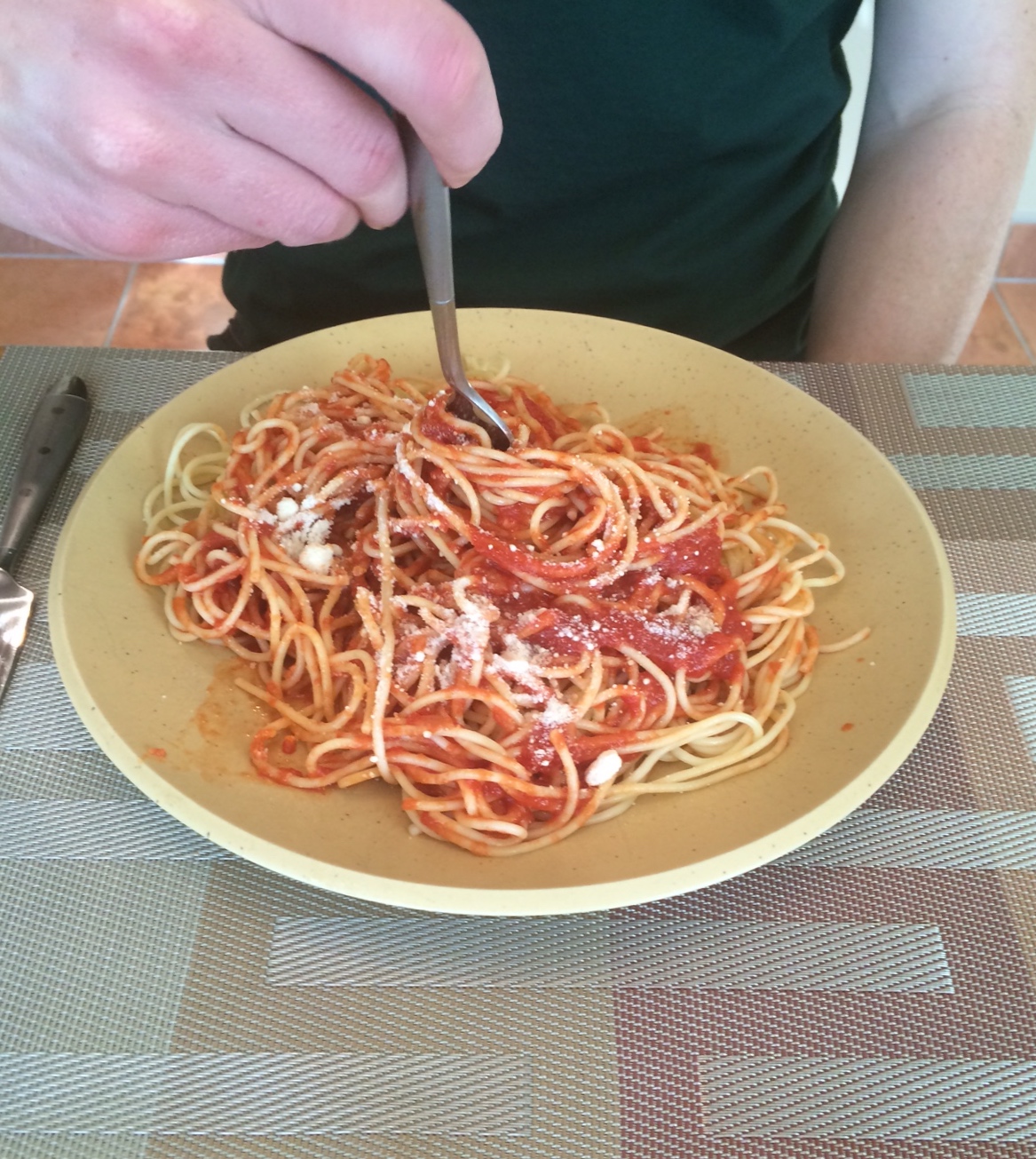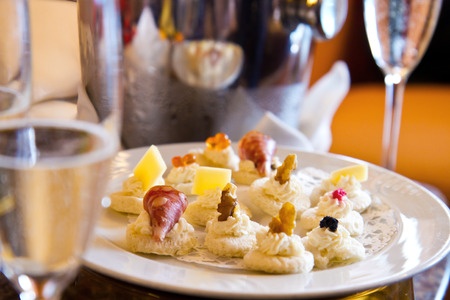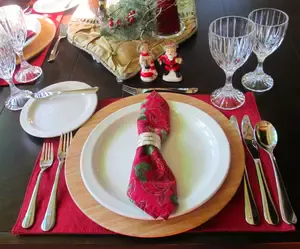Eating Bread and Rolls

Bread and rolls have been enjoyed for centuries. They are staples in the world of food as an accompaniment, and as a meal on their own.
Though usually served at the beginning of a lunch or dinner, bread is not eaten in any particular order. It is not considered a course on its own - even though it has its own plate.
At two recent etiquette training events, a lively discussion ensued from the opening lesson’s title: “Eating your Roll or Bread — Danger: What’s your method saying about you?”
As we demonstrated what it looks like when a person rips and tears his roll apart, stabs it with his fork, gets bread crumbs all over the table, or starts eating the bread the minute she sits down at the table, the participants agreed in laughter that these actions might reveal silent questions about the diner’s habits (and character).
We proceeded, resolved that no one wants to appear as an aggressive, messy, hungry or a confused bread eater pondering over which tool to use to slather as much butter as is possible on a full piece of bread. After all, if you are on a job interview, taking a client to lunch, or dining with your grandmother, those conclusions might inadvertently leave a false impression about you.
Let's see how your method compares to the correct method.
Correctly Eating Bread
A bread plate and butter knife or spreader are placed to the left of the main plate and above the forks at each person’s place setting. The sole purpose? To signify that there is a place to position bread and to butter your bread or roll. It is a separate working area from your dinner plate.
- The roll or bread is placed on the bread plate.
- The butter knife is positioned near to top of the plate, parallel to the table’s edge and the blade edge is angled toward you.
- Butter may be passed, or pats of butter placed on your bread plate. These days foiled pats are often used.
- If there is a bread basket, take a roll and pass the basket to the right.
Now for the most important part - the bite!
- Pick up your slice or roll and break off a small bite, doing so above your bread plate.
- Use the butter knife to take a bit of butter and spread it on the piece you’ve broken off.
- Replace the butter knife on the plate as originally positioned, with the blade edge facing you.
- Pop that delicious bite of bread into your mouth.
- Your enjoyment will occur one small bite at a time throughout your meal!
What Not to Do
Now that you know the correct way of eating bread during a meal, here are actions to avoid:
- Eating your neighbor’s bread. The bread plate is on the left of a place setting. If you're reaching to the right, you're reaching for the wrong piece of bread!
- Moving the plate closer to you. Dishes are not repositioned on the table. Every tool has its purpose and placement.
- Appearing famished by going for the bread the minute you are seated at the table. Pace yourself.
- Using any tool other than the butter knife to spread the butter. Although, there may come a time (in an act of desperation) that you use a dinner knife if you are not given a butter knife.
- Placing your roll on the table. All of your food should be on a plate. If you do not have a bread plate, ask for one or place your bread on your dinner plate.
When Served First
Many times, you find yourself eating bread as if it is a first course (which it is not). Some restaurants even set a bread basket on the table first thing.
It's fine to indulge if you're too hungry to wait. However, if your host has not begun eating, it may be best to wait. Remember, always follow your host to begin eating. Once their napkin is in their lap, the meal is started.














